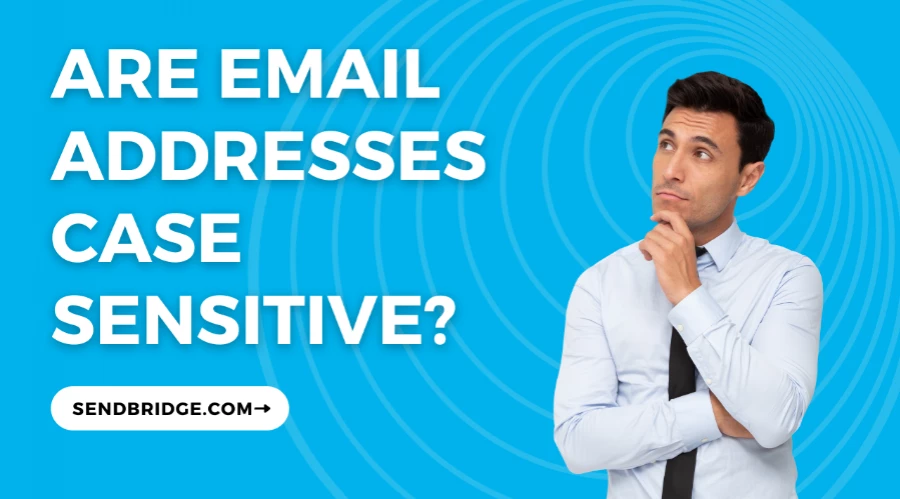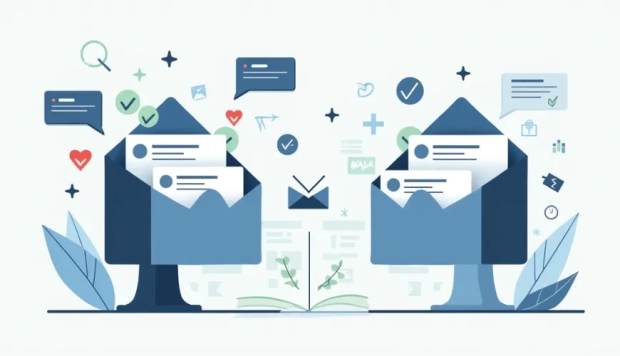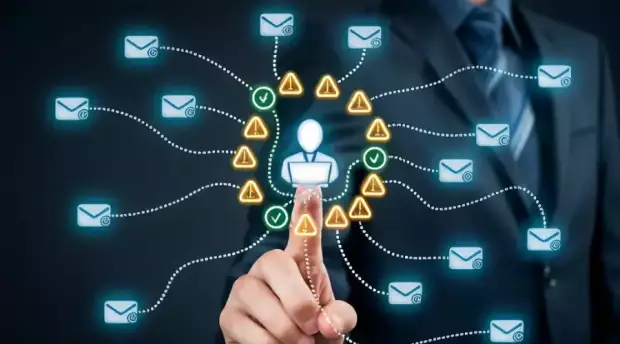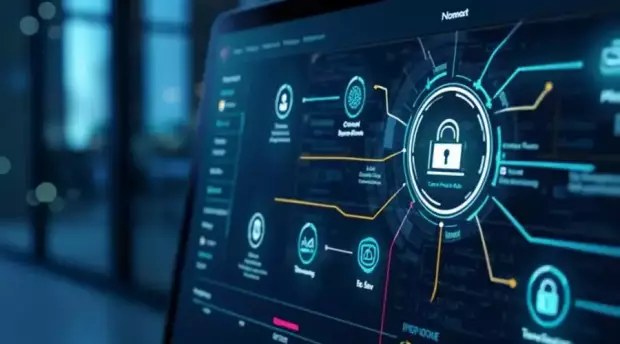Are emails case sensitive?

For several decades now, email addresses play a crucial role in digital communication. Whether you're signing up for a social media account or sending messages for school projects, understanding the ins and outs of email addresses is fundamental.
This article will delve into the fascinating world of email address syntax, breaking down complex concepts into digestible pieces. We'll explore questions like whether email addresses are case sensitive and unravel the mysteries behind the different parts of an email address.
By the end of this journey, you'll not only have a clearer understanding of how email addresses work but also gain insights into why this knowledge is essential for effective online communication. So, let's embark on this exploration together and discover the secrets hidden within those seemingly simple email strings!
Are Emails Case Sensitive?
Email addresses are a fundamental aspect of online communication, but the question of whether they are case sensitive often puzzles many users.
In the realm of email, case sensitivity refers to whether uppercase and lowercase letters are treated as distinct characters. Contrary to common assumptions, email addresses are generally not case sensitive. This means that
"John.Doe@example.com" is considered equivalent to "john.doe@example.com".
The email system treats both versions as identical, making it more user-friendly and reducing the likelihood of errors. However, it's important to note that while email providers usually overlook case differences in the local part (before the "@" symbol), the same may not apply to the domain part (after the "@" symbol).
As we explore this topic further, we'll delve into examples to illustrate how case sensitivity works and clarify any misconceptions surrounding this aspect of email addresses. Understanding these nuances will empower you to navigate the digital landscape with confidence and accuracy.
Different Parts of an Email Address
Email addresses consist of two main parts: the local part and the domain part, each serving a unique role in identifying and routing messages. The local part appears before the "@" symbol, while the domain part comes after it. Let's start by exploring the local part.
The local part typically represents the individual's username or mailbox name. It can include letters, numbers, and certain special characters. For example, in "john.doe@example.com", "john.doe" is the local part. Interestingly, the local part can be case sensitive, meaning that "John.Doe@example.com" and "john.doe@example.com" might be treated as distinct addresses by some systems.
Moving on to the domain part, it specifies the mail server responsible for handling the email. In our example, "example.com" is the domain part. While the local part may be case sensitive in some instances, the domain part, by convention, is not case sensitive. This means that "example.com" and "EXAMPLE.COM" are considered equivalent.
Understanding these distinctions in email address structure is vital for effective communication and can help prevent issues that may arise due to case sensitivity, especially when dealing with different email systems and protocols. As we continue our exploration, we'll further dissect the intricacies of email address components to provide a comprehensive view.
How Can I Learn More About Email Address Syntax?
For those eager to delve deeper into the intricacies of email address syntax, a wealth of resources is available to aid in your exploration. Begin your journey with online platforms offering articles, tutorials, and interactive guides designed to unravel the complexities of email address structure. Websites specializing in coding, programming, and networking often feature content that explains the technical aspects of email protocols and standards, providing a user-friendly introduction.
To gain a more comprehensive understanding, consider consulting authoritative sources such as books and articles authored by experts in the field. Publications covering internet protocols, networking, and cybersecurity can offer valuable insights, placing email communication within the broader context of digital interactions.
For those who prefer a structured learning experience, educational courses and certifications focused on networking, information technology, or cybersecurity are readily available. Platforms like Coursera, Udemy, or Khan Academy host courses suitable for various skill levels, guiding learners through the intricacies of email communication.
Furthermore, the official Internet Engineering Task Force (IETF) document, specifically (RFC 5321)[https://tools.ietf.org/rfc/rfc5321.txt], serves as a definitive resource. This document outlines the Simple Mail Transfer Protocol (SMTP) standard, providing in-depth technical details about the email communication process.
Exploring these resources not only enhances your knowledge of email address syntax but also fosters a broader understanding of the evolving technologies and protocols shaping the digital landscape. Armed with this knowledge, you'll navigate the world of online communication with confidence and proficiency.
Conclusion
Alright, so we've journeyed through the fascinating world of email addresses and uncovered some cool things along the way. Just to wrap it up, let's recap the important bits and why they matter.
Firstly, we learned that email addresses have two main parts – the username part (before the "@" symbol) and the server part (after the "@"). The username part can sometimes care about uppercase and lowercase letters, but the server part usually doesn't.
Now, why does this even matter? Well, it's like having a secret code for sending messages online, and knowing how the code works makes sure your messages get to the right place without any hiccups.
And guess what? You can learn even more about this stuff! There are cool websites with articles and tutorials, and you can dive into books or take online courses if you want to get super nerdy (in a good way).
One super official place to check out is this thing called RFC 5321 (https://tools.ietf.org/rfc/rfc5321.txt). It's like the grandmaster rulebook for email, explaining all the technical details about how emails travel through the digital world.
So, here's the deal – understanding email addresses not only helps you avoid mix-ups when sending messages but also turns you into a bit of an internet wizard. Armed with this knowledge, you're all set to rock the digital realm with your newfound email expertise. Happy emailing!




